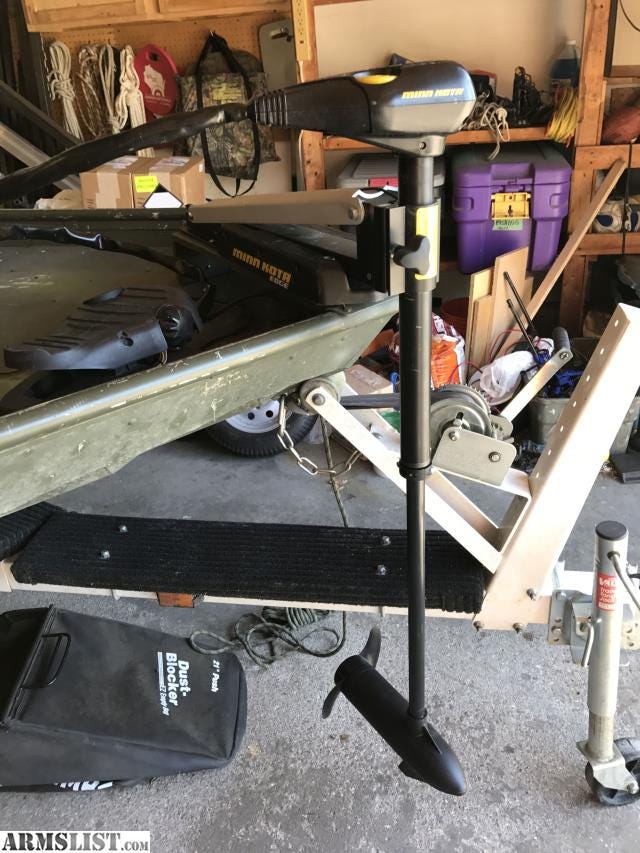How To Make A Trolling Motor Mount For A Jon Boat

As I would like to think, the perfect birding vessel is an electric pontoon. While you are birding you need to mix into the environment. The fuel detachable motor is an offensive, boisterous visitor at the gathering. Electric power gives you a chance to float quietly at moderate paces.
In any case, the gas detachable is the main functional approach to go up waterway or achieve the furthest end of the lake in a sensible measure of time. So you truly need both.
Obviously, a Trolling Motor Mount is another approach to mix in. Be that as it may, paddle-make wouldn’t work for our needs. We needed to convey loads of video and photography hardware up waterway just as down stream. That is hard paddling.
Kayaks invert. You can’t stand up in them. Kayaks frequently require the two inhabitants to oar to securely explore around obstacles. What’s more, in all honesty, we were worried that our expertise level and physical quality would not be capable.
Rather than paddling, electric power gives one individual a chance to deal with guiding the vessel and leaves the other individual totally allowed to photo or watch. It’s exceptionally troublesome, even stupid, to endeavor to direct and photo in the meantime. On a waterway, somebody needs his complete consideration on guiding constantly. It takes just a couple of moments to get in a bad position.
Luckily for birders, angler utilize electric power for trolling, so there is a wide choice of electric trolling engines available. The following is the one we picked, and the sound for picking it.
Minn Kota Vantage 24 Volt, 74 lbs. push, transom mount electric trolling engine
This engine is Minn Kota’s most up to date innovation and however moderately costly, it had highlights we couldn’t help it.
74 lbs. push — Lots of intensity: This measure of push is normally needless excess for the trolling-for-fish employments of a little jonboat. Be that as it may, on a birding pontoon, the electric power is all the more frequently the primary methods for drive. In spite of the fact that more often than not you are going at extremely moderate rates, there are times when you truly welcome the measure of push that this engine conveys.
For instance, attempting to go upstream or notwithstanding holding against the current. Or then again attempting to move rapidly to another spot to get a photograph. Or on the other hand getting you out of inconvenience by controlling around an obstacle you are getting excessively near. Or then again crossing from one side of the stream to the next and not winding up excessively far downstream. You can’t have an excessive amount of intensity. It’s pleasant to have it when you need it.
Speed restricts on electric power
Electric pontoons are moderate vessels. A trolling engine doesn’t have enough electric capacity to raise the structure out of the water and plane the vessel. Except if you can plane a pontoon, its top speed will be constrained by what’s called its structure speed.
Each pontoon structure will have a greatest speed. Here’s the equation for assessing the most extreme speed for a given structure. Duplicate the square base of the length of the structure at the waterline by 1.3. This will give the hypothetical most extreme speed in tangles. Most little vessels will maximize at 3 to 5 miles for each hour. You can push more diligently, however you will simply make more waves, not more speed.
On the off chance that you push sufficiently hard to make a pontoon ascend, plane, and skim over the outside of the water, you get away from the cutoff points of the body speed equation. Anyway this takes a ton of intensity with respect to the heaviness of the vessel. Despite this review that detachable gas engines push little vessels to do this constantly, the power required makes it illogical for electric engines.
Related this article: Full Reviews